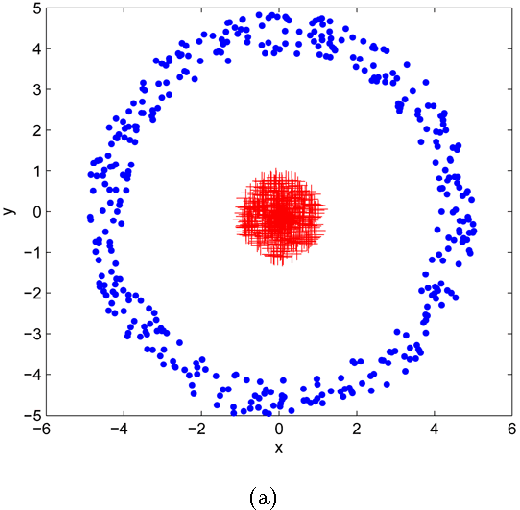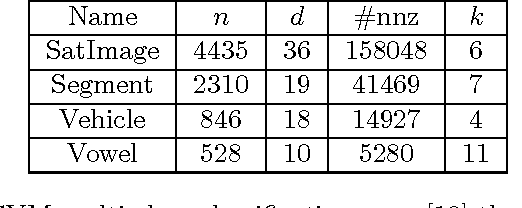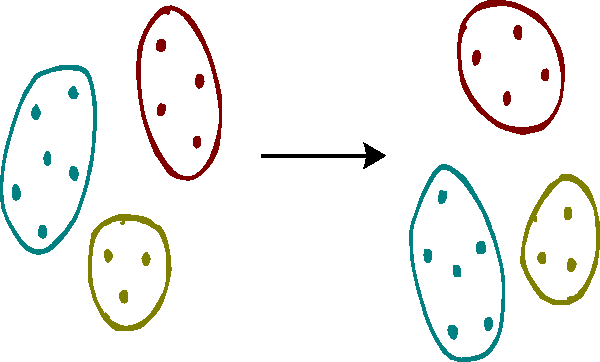Spectral Clustering via the Power Method -- Provably
Paper and Code
May 12, 2015



Spectral clustering is one of the most important algorithms in data mining and machine intelligence; however, its computational complexity limits its application to truly large scale data analysis. The computational bottleneck in spectral clustering is computing a few of the top eigenvectors of the (normalized) Laplacian matrix corresponding to the graph representing the data to be clustered. One way to speed up the computation of these eigenvectors is to use the "power method" from the numerical linear algebra literature. Although the power method has been empirically used to speed up spectral clustering, the theory behind this approach, to the best of our knowledge, remains unexplored. This paper provides the \emph{first} such rigorous theoretical justification, arguing that a small number of power iterations suffices to obtain near-optimal partitionings using the approximate eigenvectors. Specifically, we prove that solving the $k$-means clustering problem on the approximate eigenvectors obtained via the power method gives an additive-error approximation to solving the $k$-means problem on the optimal eigenvectors.
 Add to Chrome
Add to Chrome Add to Firefox
Add to Firefox Add to Edge
Add to Edge